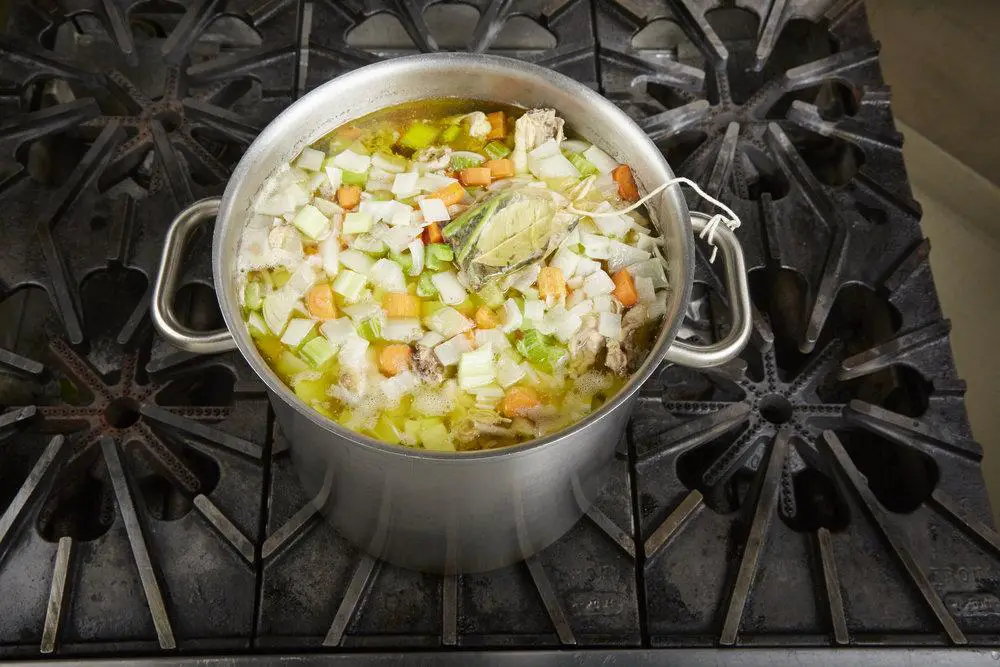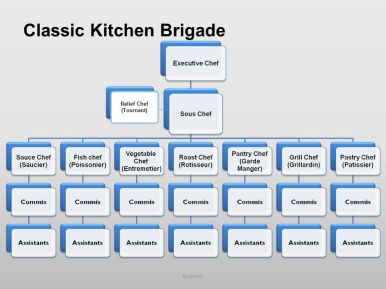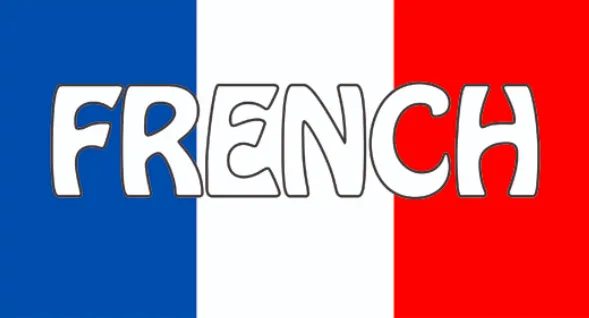Blog
Introduction – classification of vegetable
Vegetables refer to all plants or parts of plants which can be eaten raw, cooked or preserved in some form. Vegetable are of great importance in our diet and especially with regard to the present trend when the people are shifting towards the vegetarian side. These play a very important role in our diet properly choose, properly cooked or raw. They make an invaluable contribution to the supply of vitamins and minerals. Whenever possible, we should serve two vegetable in our diet also salads should be given the importance and hence must be made in both the meals. Generally, vegetables have high water content, which ranges from 70-90%.
The various components of vegetables are:
- Carbohydrates: carbohydrates are present in the form of starch, sugar, cellulose & pectin substances. Starch is the chief nutrients of roots & tubers & the content of sugar is highest in beetroot, carrots & turnips. Cellulose is a source of roughage and becomes coarse & tough with age.
- Minerals and vitamins: the vegetable also contains minerals and vitamins.
CLASSIFICATION OF VEGETABLES
- CABBAGE FAMILY: Consist of vegetables used for their head, leaves or flowers also known as BRASSICA. E.g. Cabbage, Brussels Sprouts, Cauliflower, Kohlrabi, Broccoli etc
- STALK VEGETABLE: Stalk vegetables are plant stems that are high in cellulose. E.g. Asparagus, Celery, Bok Choy etc.
- LEAFY VEGETABLES: Leafy vegetables are plant grown specifically for their edible leaves. E.g. Spinach, Kale, Sorrel etc.
- SALAD GREENS: Endive, Lettuce
- SEEDS, EDIBLE PODS AND YOUNG SHOOTS: This is a broad category of vegetables it includes Peas, Snow peas, All types of beans, Bean sprout, Corn etc.
- VEGETABLE FRUITS: Botanically vegetable fruit are considered fruits; however they are used in the kitchen as vegetables. E.g. Cucumber, Okra, Egg plant, Tomatoes, Pepper, Squash etc.
- BULBS: Bulbs are stems holding A food reserve in the fleshy, overlapping which give shape to the vegetable. E.g. Onion, Scallion, Green onion, Shallots, Garlic etc.
- FUNGI: Mushrooms are not actually vegetables. They are an edible fungus. There are over 38,000 kinds of mushrooms. Three quarter of these are edible. E.g. Mushroom, Morel, Truffles etc.
- TUBERS: These are formed from underground stems, which extend from the root of the plant. E.g. Jerusalem Artichoke, Carrot, Potatoes, Raddish, Turnips etc.
- SPATIALITY VEGETABLES: There are vegetables which do not fit it any other category. E.g. Artichoke, Rhubarb etc.


